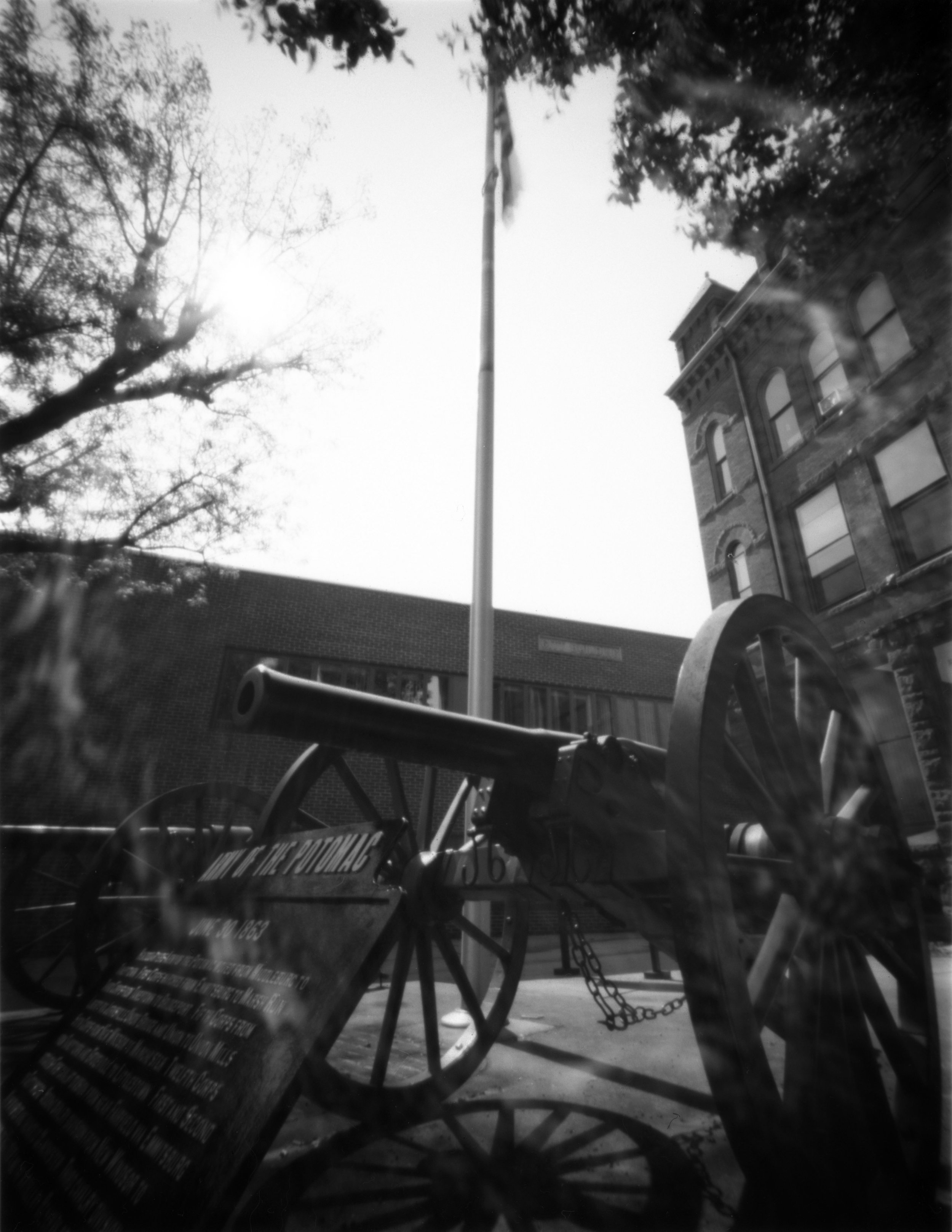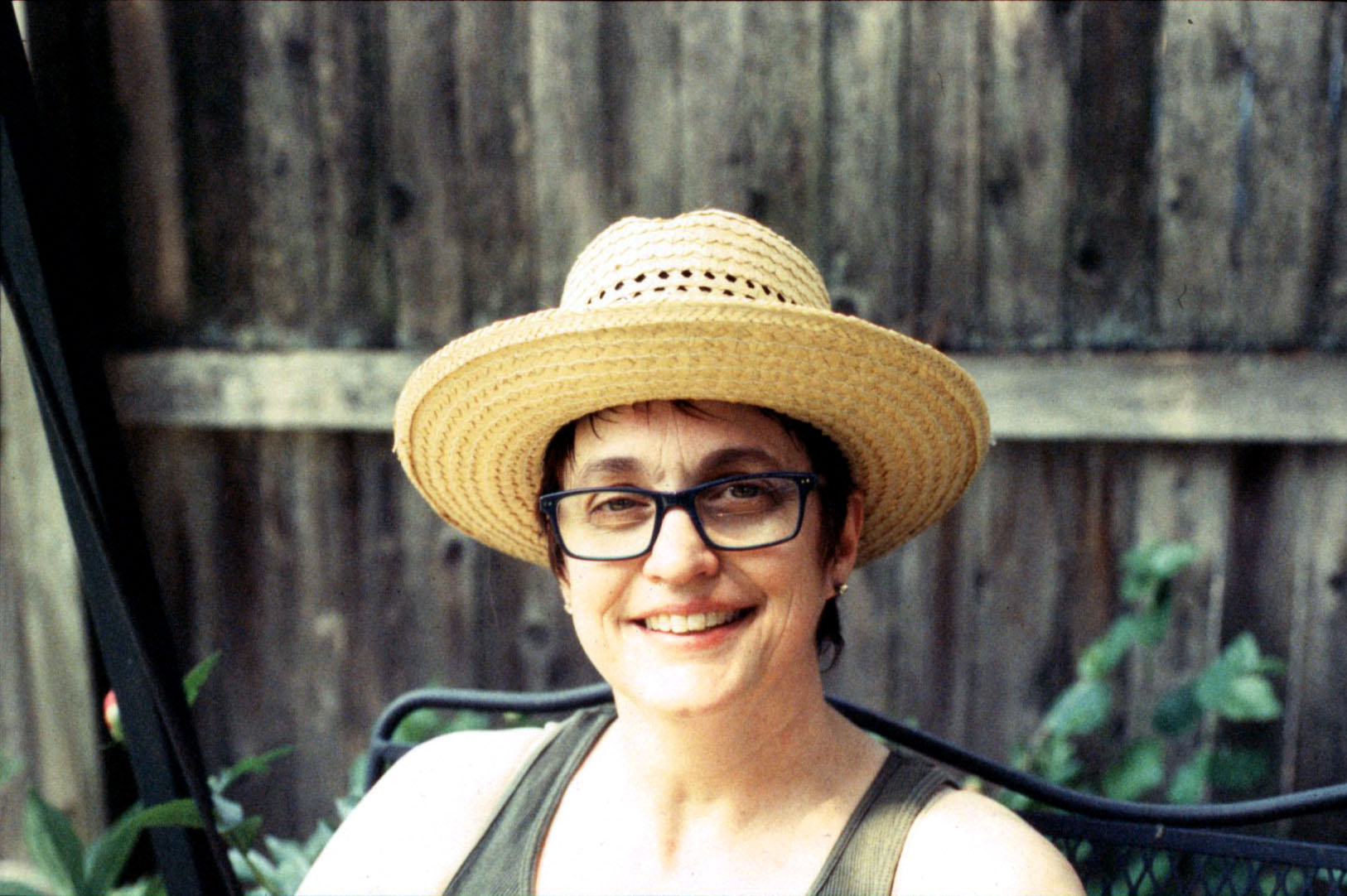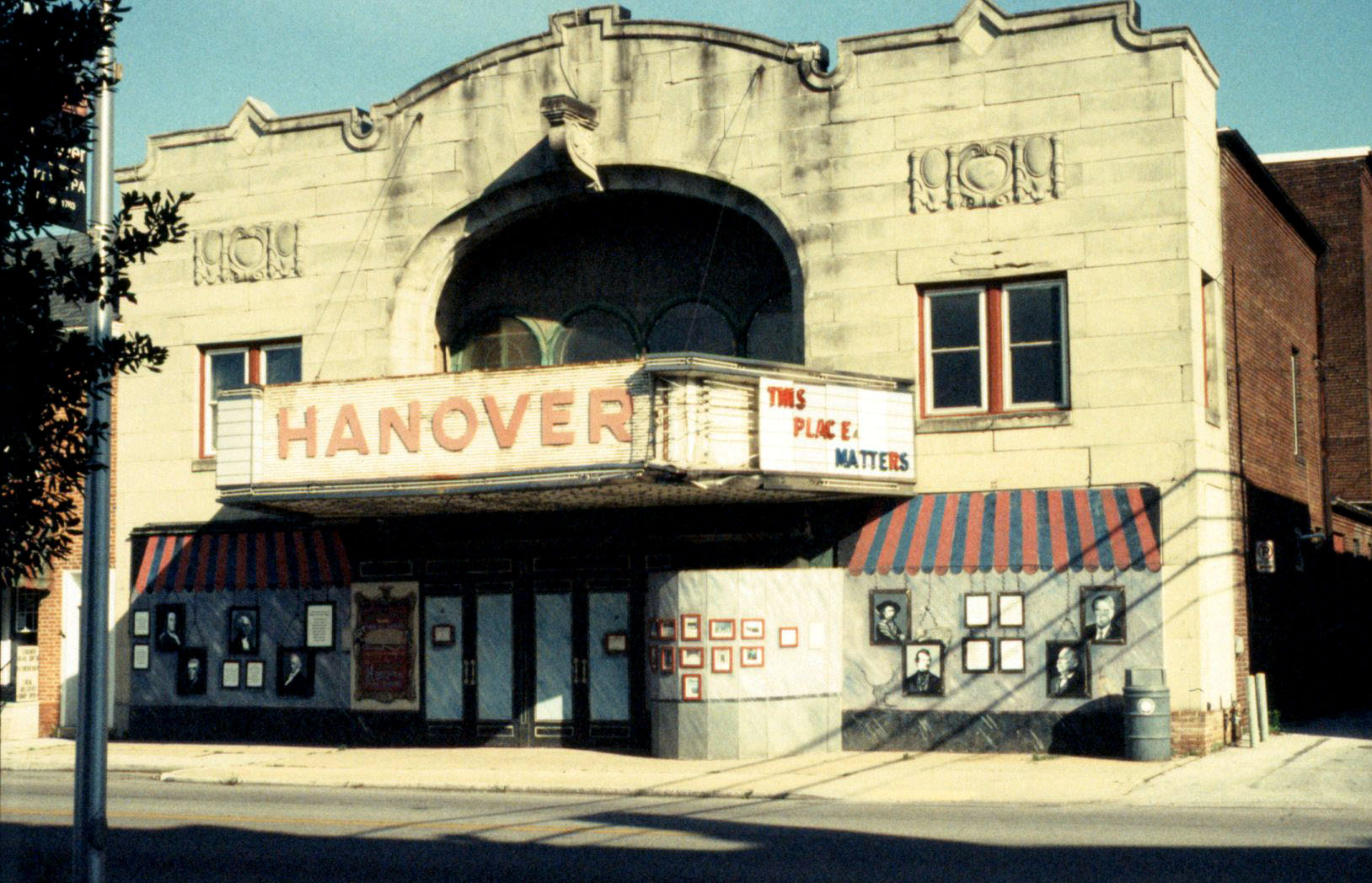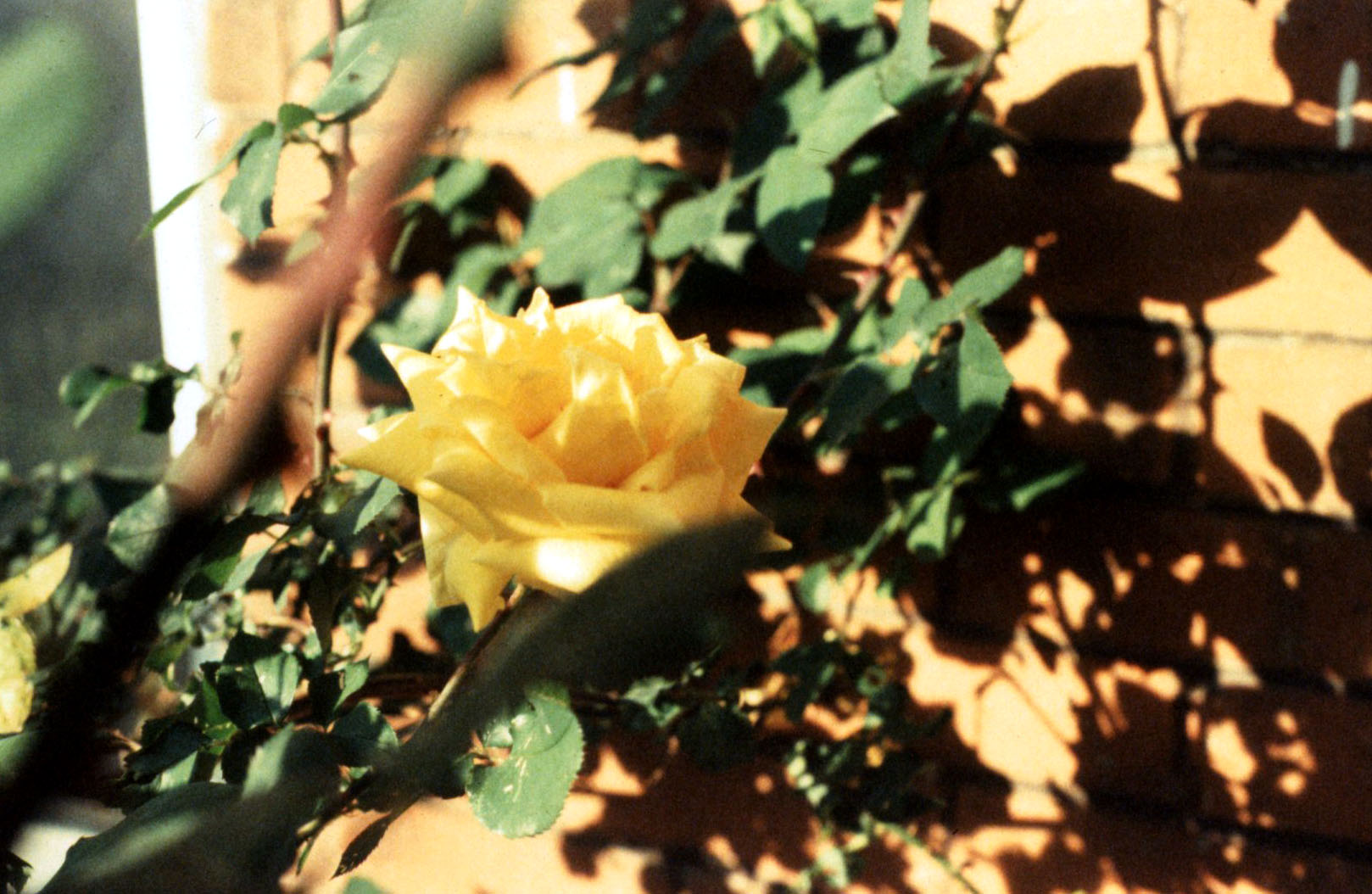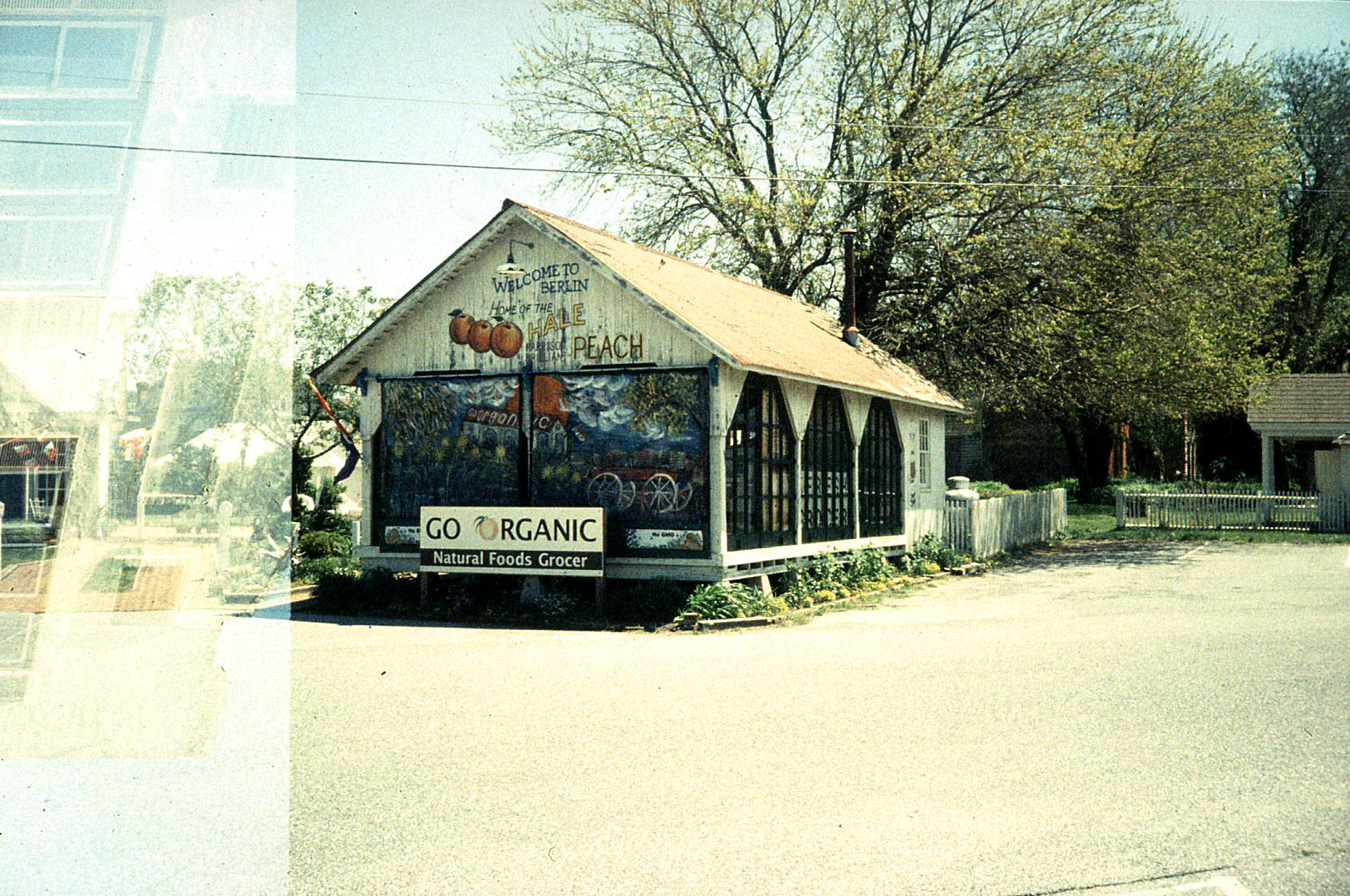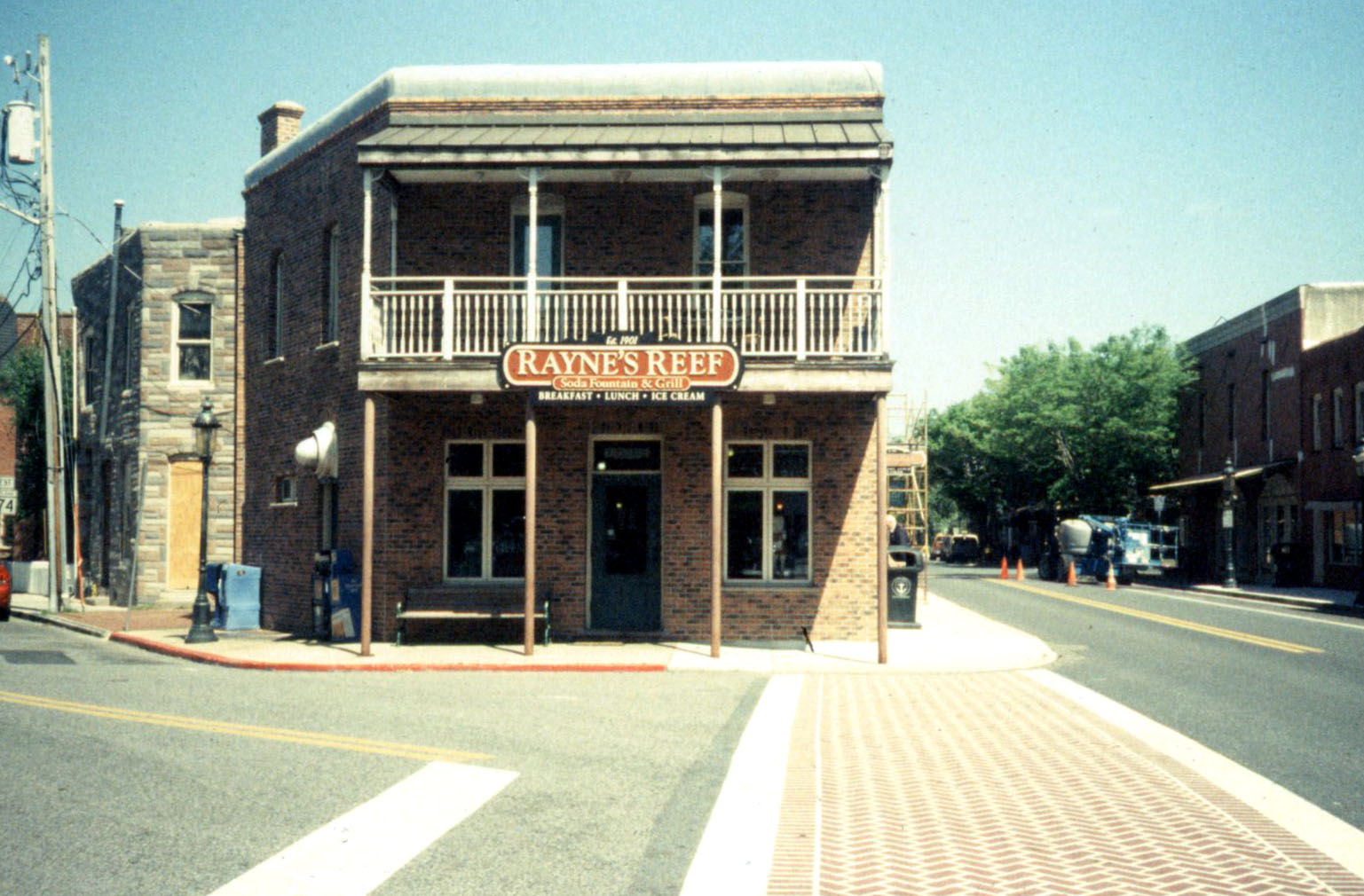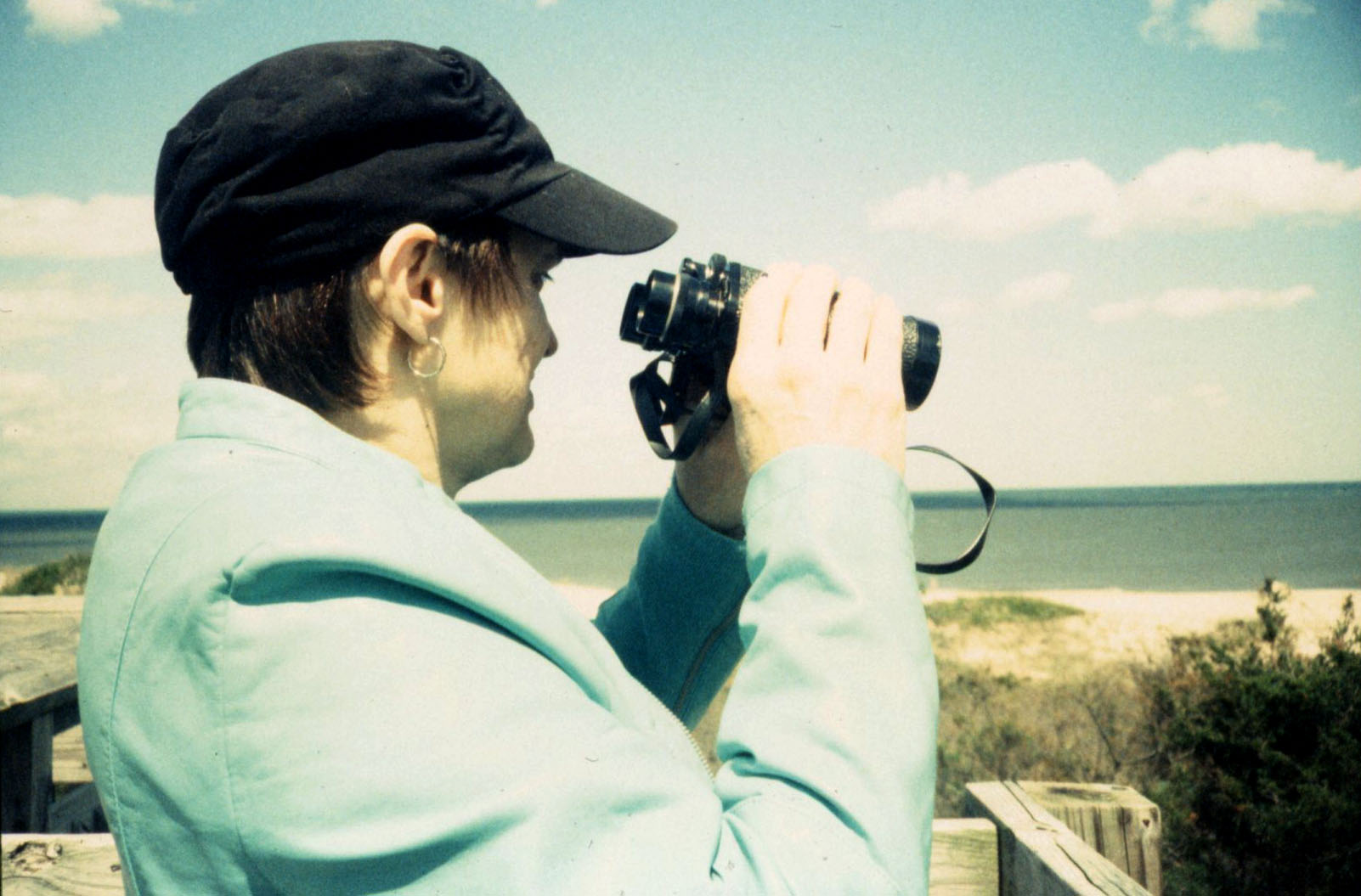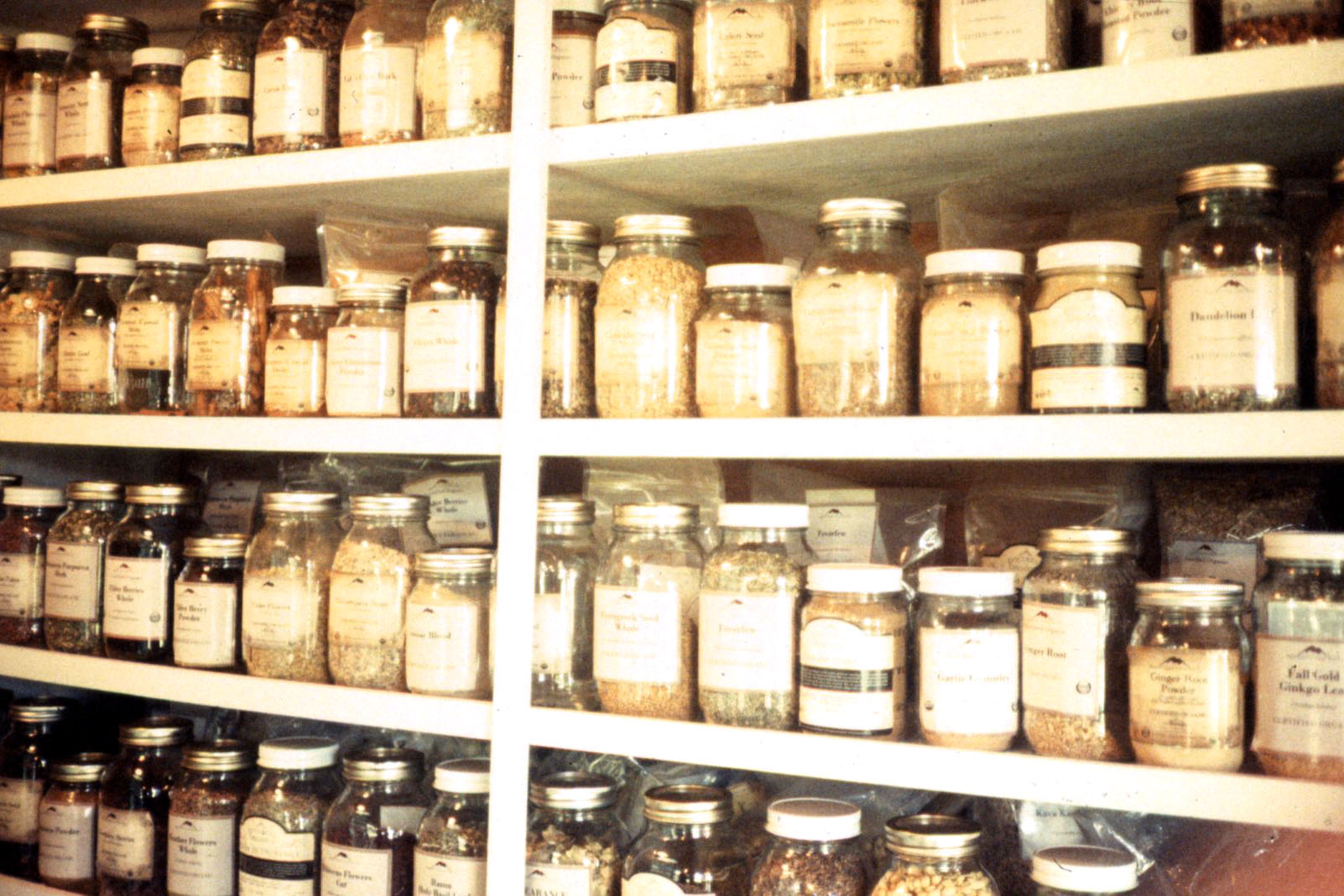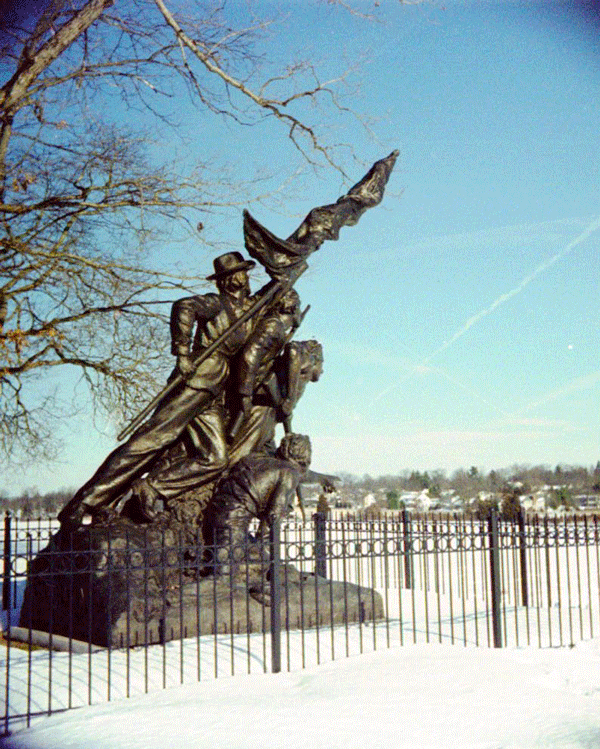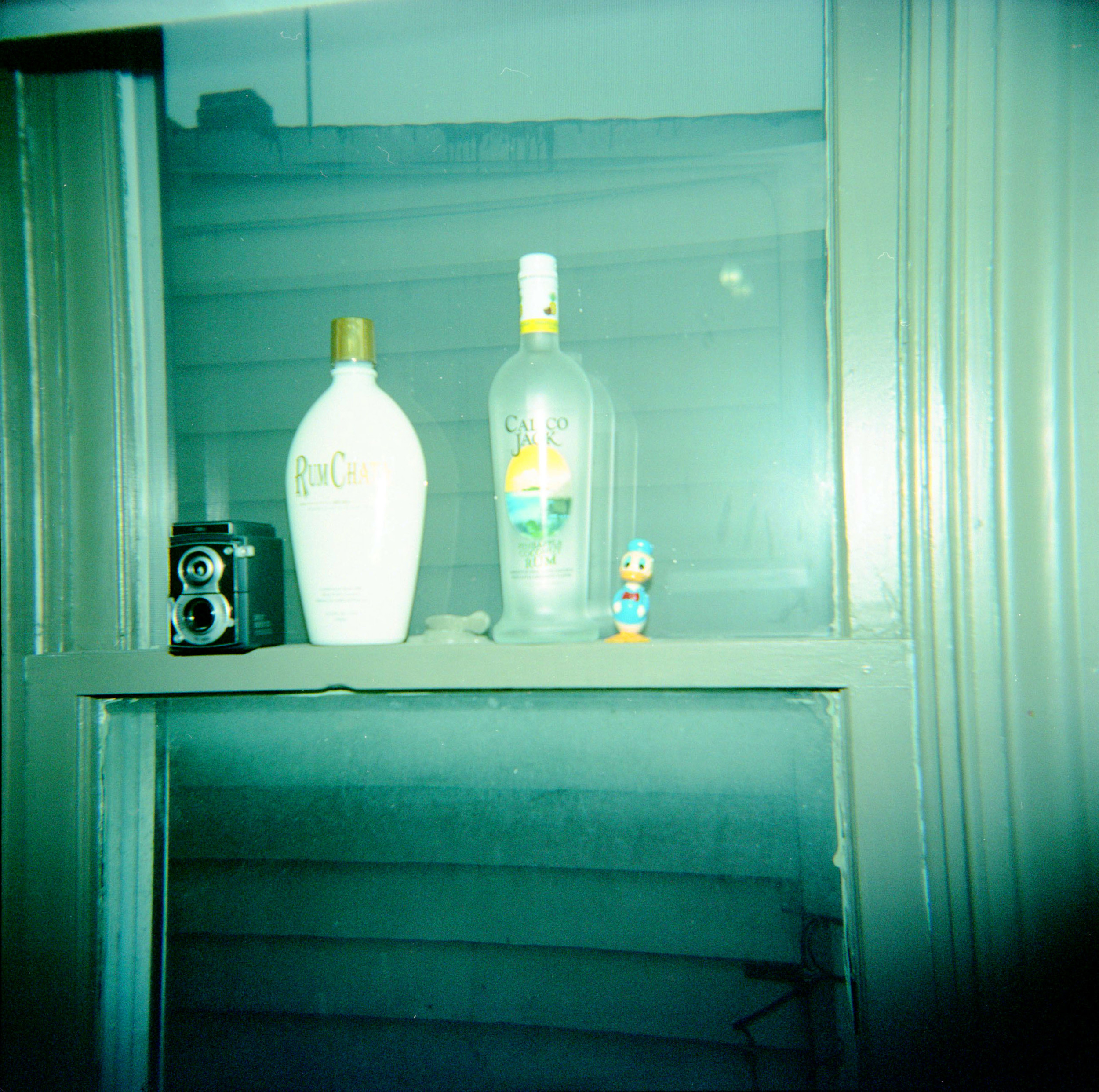Week 22 - Revisiting pinhole photography and film developing at home. Last weekend I picked up my Holga Wide Pinhole Camera, which still had a half used roll of film in it and drove out to Devil's Den in Gettysburg to finish the roll. I wanted to try a new photo composition tip that I heard about on a podcast to get better pinhole photos.
I tried positioning my camera so that there would be close objects and objects further in the distance to create a more exaggerated pinhole effect in the photos. I couldn't remember what kind of film I had put in the camera, I had forgotten to write it on the back on a piece of tape. When I got home I developed it in caffenol (a mixture of instant coffee, super washing soda, and vitamin C powder) and saw that there were photos on the negatives when I pulled them out of the tank. I determined that it was Ilford FP4 from the brick of expired film that I had bought off of ebay last year. Some of the photos came out well considering the age of the film, but there were areas on some of the negatives where the backing paper numbers had burned into the image.
This past weekend I got out my Ondu MKII 6x6 Pinhole camera that I recieved as a Kickstarter reward last year which still had a half a roll of extremely expired Kodak Verichrome Pan film left inside from a couple of months ago. I drove out to Codorus State Park looking for a subject and wound up at the rental marina. I set about trying to make photos that had the type of pinhole composition I was trying to achieve, without worrying too much about the subject matter. I finished up and headed home to develop the roll in Kodak D-76 to find that the resulting photos were closer to the type of pinhole photos that I wanted to create.
In the next couple of weeks I want to try creating pinhole photos in my studio with some of the things in my collections, with and without flash. I plan to revisit pinhole photography on my Diana F+ camera with the instax back from Lomography to see if I can get the same kind of effect I got with the Ondu MKII. A pinhole photography exploration might be my next photography project after finishing 26 instax packs.
Meanwhile, I will be getting back into my studio and continuing my Create-A-Thon year long creative exploration soon, it's just been too nice outside to be cooped up in my studio!























